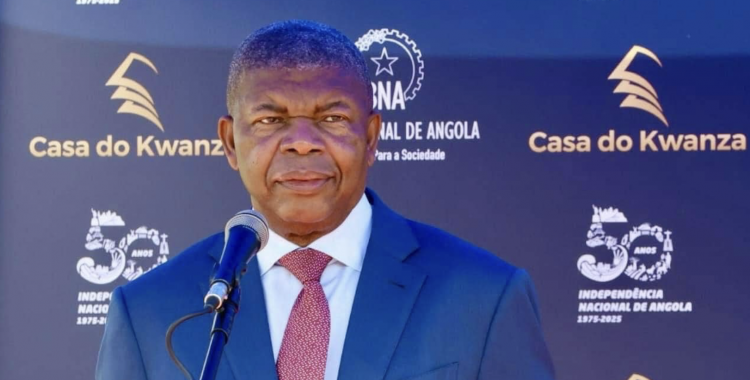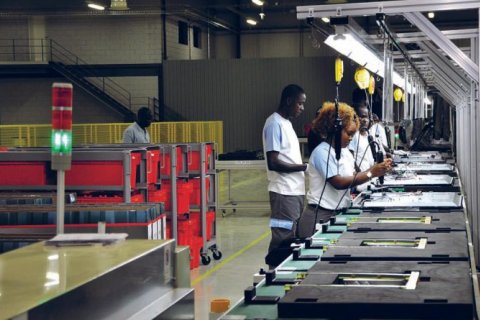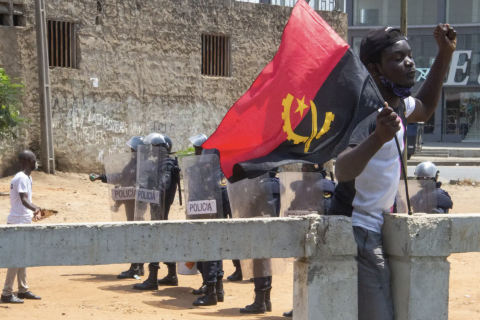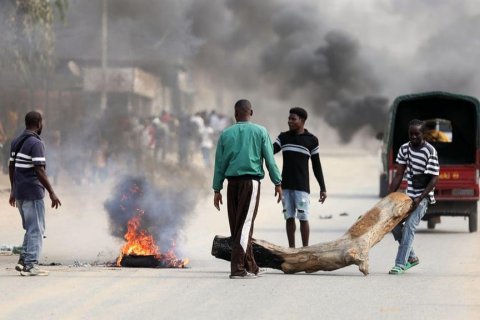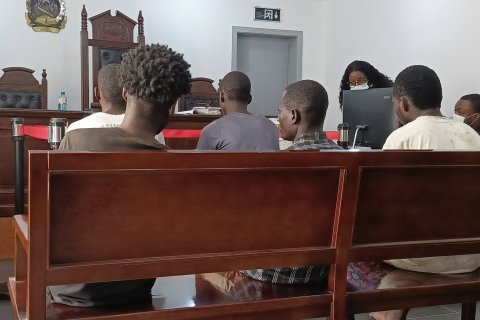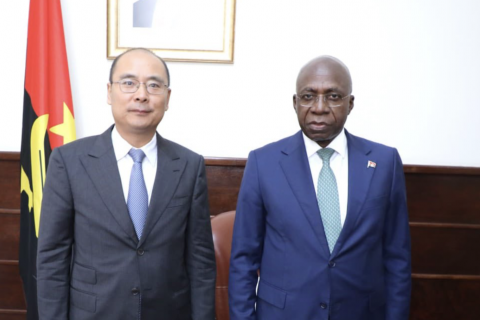"We need to work more, we need to produce more," said João Lourenço, when asked about the stability of the kwanza, after inaugurating the Casa do Kwanza, the logistics center for storage, processing and distribution of coins and notes of the National Bank of Angola (BNA), which aims to speed up the flow of cash with commercial banks.
"The strength of the kwanza depends on the strength of our economy, on what we produce", continued the President, stressing that it does not simply depend on a magic wand and that the times of a fixed exchange rate are behind us.
"In market economies this does not happen, rates depend on a set of factors, especially production, Gross Domestic Product (GDP), what the country can offer for consumption by industry and the population", he added.
The kwanza depreciated by more than 10 percent against the dollar in 2024, starting the year worth 812 kwanzas and ending at 912 kwanzas, a value that has remained unchanged since January 2025.
The head of the executive expressed "pride" in inaugurating the infrastructure in the year in which the country will celebrate its 50th anniversary of independence and considered that it was necessary due to the precarious conditions of the BNA central building from a security point of view.
"The currency has to do with our own sovereignty, protecting our currency is not easy, but it is important and necessary. We believe that with all the cutting-edge technology that is installed in these new facilities, our currency will be better protected and we will be able to better serve our economy," he highlighted.
The Chief Executive also addressed the fight against corruption, highlighting the determination to end impunity.
"The important thing is that there is no impunity. No one has ever said that we are going to end corruption in Angola. This is a hopeless struggle. No country has managed to do this. The important thing is that those caught up in the fight against corruption do not benefit from any kind of impunity," he reiterated.
Casa do Kwanza, a project that cost around 155 million euros (around 146 billion kwanzas) according to Lusa calculations, began construction in August 2021 and occupies a 10-hectare plot on the outskirts of Luanda.
According to the governor of the BNA, Manuel Tiago Dias, 1.1 billion kwanzas (around 1 million euros) were spent on the project and inspection, 71 billion kwanzas (73.68 million euros) on construction, carried out by Omatapalo, 1.5 billion kwanzas (1.55 million euros) on customs clearance and around 78 billion kwanzas (83 million euros) on consultancy and installation of treasury equipment, security software and process automation.
The governor highlighted that the infrastructure will increase the service capacity of commercial banks, increase the storage capacity of notes and coins and reduce human intervention in handling money.

